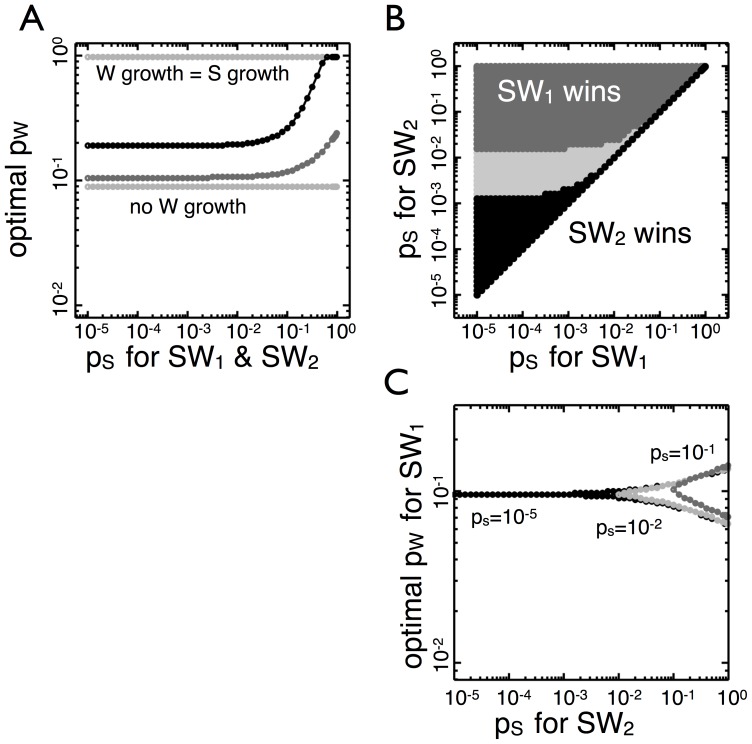Figure 5. The effect of the probability  on the optimal transition probability.
on the optimal transition probability.
(A) The optimal value of  is shown as a function of a fixed
is shown as a function of a fixed  for both organisms. The light gray horizontal lines represent the trivial cases when W types never divide (bottom) or grow at the same rate as S types (top). When W grows 90% of the rate of S (black) or 66% of the rate of S (dark gray) the optimal
for both organisms. The light gray horizontal lines represent the trivial cases when W types never divide (bottom) or grow at the same rate as S types (top). When W grows 90% of the rate of S (black) or 66% of the rate of S (dark gray) the optimal  does not change until
does not change until  , at which point it increases to counteract
, at which point it increases to counteract  . (B) For competitions between SW organisms with different values of
. (B) For competitions between SW organisms with different values of  (
( ), the organism with the lower
), the organism with the lower  has an advantage and has a range of transition probabilities for which it does not lose in frequency. The shading color corresponds to the size of this range:
has an advantage and has a range of transition probabilities for which it does not lose in frequency. The shading color corresponds to the size of this range:  (black),
(black),  (light gray), and
(light gray), and  (dark gray). For larger differences in
(dark gray). For larger differences in  , there exist more transition probabilities
, there exist more transition probabilities  that an organism can adopt to maintain or gain in frequency. (C) The optimal
that an organism can adopt to maintain or gain in frequency. (C) The optimal  is shown as a function of the advantage in
is shown as a function of the advantage in  for competitions from B. The
for competitions from B. The  for
for  is fixed at either
is fixed at either  (black),
(black),  (light gray), or
(light gray), or  (dark gray). The range of the optimal
(dark gray). The range of the optimal  (area between curves of the same color) is narrow until the
(area between curves of the same color) is narrow until the  for
for  . Thus, the range depends on the magnitude of the advantage only when
. Thus, the range depends on the magnitude of the advantage only when  is sufficiently high.
is sufficiently high.

